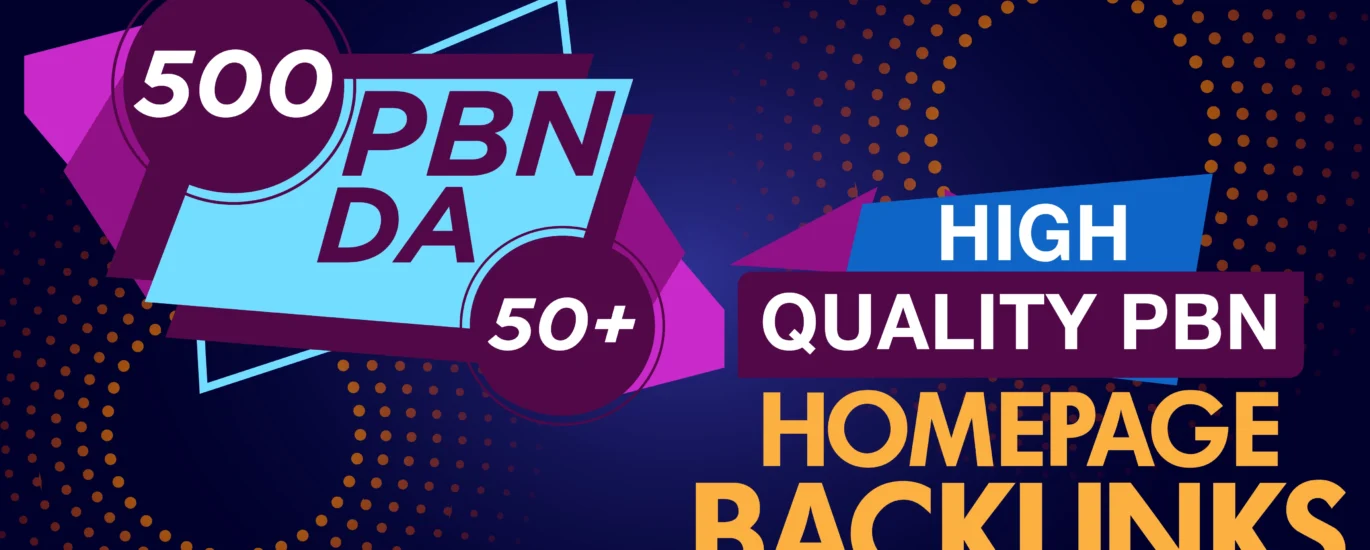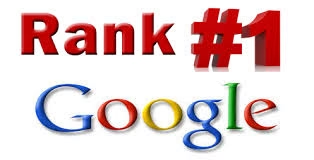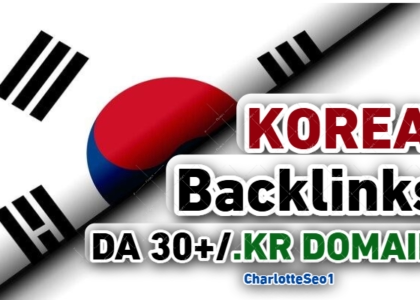What Is a PBN?
What Is a PBN? A PBN, or Private Blog Network, is a group of websites created with the main purpose of building backlinks to another website in order to manipulate search engine rankings.
These websites are usually controlled by one person or organization and are often made to look like real, independent blogs. However, their true goal is to pass link authority (often called “link juice”) to a target site—usually referred to as the “money site”—to help it rank higher in Google search results.
What is a Private Blog Network (PBN)?
A Private Blog Network is a group of websites that are owned and controlled by a single entity with the specific goal of building backlinks to a “money site” (a website you want to rank higher in search engines).
Key Characteristics of PBNs:
- Expired Domains: PBNs typically use expired domains with existing backlink authority.
- Controlled Ownership: All blogs in the network are managed by one person or team.
- Link Manipulation: The primary purpose is to manipulate search engine rankings through backlink building.
- Minimal Public Access: These blogs are not meant to attract traffic naturally but to influence SEO.
PBNs Violate Google’s Webmaster Quality Guidelines
Yes, Private Blog Networks (PBNs) violate Google’s Webmaster Quality Guidelines.
Here’s why:
Google’s official guidelines state that any attempt to manipulate a site’s ranking in Google search results through unnatural links is considered a violation. This includes link schemes, which explicitly mention:
“Any links intended to manipulate PageRank or a site’s ranking in Google search results may be considered part of a link scheme and a violation of Google’s Webmaster Guidelines. This includes any behavior that manipulates links to your site or outgoing links from your site.”
PBNs are specifically designed to manipulate search engine rankings by creating artificial backlinks. Since these links are not naturally earned and exist only to game the algorithm, they fall under black-hat SEO tactics.
What Can Happen If You Use a PBN?
- Manual Penalty: A Google employee may manually review your site and apply a penalty, causing a sharp drop in rankings or complete removal from search results.
- Algorithmic Demotion: Your site may lose ranking without any notice as part of an algorithm update.
- Deindexed Sites: Google may detect and deindex the PBN sites themselves, rendering the backlinks useless.
- Loss of Credibility: Long-term SEO efforts and domain trust can be severely harmed.
Final Thought:
While PBNs may deliver short-term SEO gains, they carry long-term risks. Google is continually improving its ability to detect unnatural link patterns, making it increasingly difficult to sustain rankings with PBNs.
Using white-hat link-building methods is the only way to ensure compliance with Google’s guidelines and build a sustainable online presence.
Would you like help creating a white-hat link-building strategy or need an article that compares white-hat vs black-hat SEO?

The Risks Associated with Private Blog Networks (PBNs)
While Private Blog Networks (PBNs) can offer quick SEO gains, they come with significant risks that can jeopardize your website’s long-term success. If you’re considering using PBNs to improve your rankings, here are the major dangers to be aware of:
1. Violation of Google’s Guidelines
PBNs directly violate Google’s Webmaster Quality Guidelines. These guidelines prohibit link schemes and unnatural link building. Since PBNs are built solely to manipulate search rankings, using them puts your site at risk of:
- Manual penalties
- Algorithmic demotions
- Deindexing from Google search results
2. Deindexing of PBN Sites
Google routinely identifies and deindexes PBN websites, which means:
- The links pointing to your site lose all value
- Your site can drop in rankings immediately
- You lose the money and time invested in those links
If your backlink profile is heavily dependent on PBNs, deindexing can have a devastating impact.
3. Manual Penalties
A Google search quality evaluator can manually review your site and issue a manual action. This can lead to:
- A sudden and steep drop in rankings
- Your site being removed from Google’s index
- The need for a time-consuming reconsideration request process
Recovering from a manual penalty can take weeks or even months.

4. Loss of Trust and Authority
Once a site is penalized or associated with spammy tactics like PBNs, its trust and domain authority can suffer. This affects your:
- Future SEO potential
- Ability to earn legitimate backlinks
- Reputation in your niche or industry
5. Poor Long-Term ROI
While PBNs might give a temporary boost, the long-term return on investment is often negative. Why?
- You’re constantly at risk of penalties
- Deindexed sites waste your money
- You might need to rebuild your SEO from scratch
Instead of spending resources on a short-term tactic, it’s safer to invest in sustainable link-building methods.
6. Costly to Maintain and Hide
Running a PBN isn’t just risky—it’s expensive and time-consuming. To avoid detection, you must:
- Use different hosting providers (IP diversity)
- Hide WHOIS data
- Use unique themes and plugins
- Publish high-quality, original content
Even with these precautions, Google’s algorithms are getting better at spotting patterns and connections between sites.
7. Negative Brand Impact
If clients, customers, or other SEO professionals discover that you’re using PBNs:
- It can damage your brand’s reputation
- You may lose clients or business opportunities
- It raises ethical concerns, especially in competitive or regulated industries
Why Would Someone Use a Private Blog Network (PBN)?
Despite the risks, many digital marketers, SEOs, and website owners still use Private Blog Networks (PBNs) to gain an advantage in search engine rankings. Here are the main reasons why:
1. Fast SEO Results
PBNs allow users to build high-authority backlinks quickly, which can boost a website’s search engine rankings much faster than traditional (white-hat) methods.
- No need to wait months for organic backlinks
- Immediate control over link quantity and anchor text
- Rapid improvements in keyword rankings
2. Full Control Over Links
With a PBN, you own and manage the linking websites, so you have complete control over:
- Anchor text (important for keyword optimization)
- Link placement (within content, headers, etc.)
- Page authority flow (you choose which pages to link to)
This level of control is not possible with natural or outreach-based link building.
3. Avoiding Outreach and Rejection
Building backlinks the traditional way often requires:
- Reaching out to bloggers and site owners
- Negotiating guest post terms
- Dealing with rejection or delays
With a PBN, you can skip the outreach process entirely, saving time and frustration.

4. Ranking in Competitive Niches
In highly competitive niches (e.g., finance, health, affiliate marketing), it’s extremely difficult to rank without strong backlinks. Some SEOs use PBNs as a shortcut to compete with big brands or other high-authority sites.
5. Private Asset for Multiple Projects
Some marketers create a PBN as a long-term asset they can use to:
- Support multiple websites or clients
- Build links on-demand for new projects
- Create a competitive edge in different markets
Instead of relying on other websites, they build their own backlink network.
6. Recovering Lost Rankings
If a website has dropped in rankings due to lost backlinks, PBNs can provide a quick way to regain visibility—especially for affiliate or churn-and-burn sites (short-lived projects designed to earn quick money).
7. Affiliate and Niche Site Strategies
Affiliate marketers often use PBNs to:
- Rank small niche sites fast
- Generate revenue quickly through product sales or ads
- Sell the site for profit before any penalties hit
This high-risk, high-reward model is common in the affiliate marketing world.
What Should You Do if Your Website Has Links From PBNs?
✅ 1. Identify PBN Links
First, determine whether the links pointing to your site are from PBNs. Common signs of a PBN link include:
- Low-quality content or spun articles
- Sites with no real traffic or engagement
- Multiple sites with the same design, IP address, or WHOIS info
- Backlinks from unrelated or irrelevant domains
- Links coming from expired or repurposed domains
Use tools like Ahrefs, SEMrush, or Google Search Console to audit your backlink profile.
🚨 2. Remove the Links (If Possible)
If you built or control the PBN, remove the backlinks immediately to reduce the risk of a Google penalty. If someone else built them (e.g., an SEO agency or a previous site owner):
- Contact the webmaster of the PBN and request link removal
- If unresponsive, move to the next step (disavow)
🛡️ 3. Disavow the Links in Google Search Console
If you can’t remove the links manually, use the Google Disavow Tool to tell Google to ignore those backlinks when evaluating your site.
Steps:
- Go to Google’s Disavow Tool
- Create a
.txtfile listing the domains or URLs you want to disavow - Upload the file to your Google Search Console account
This helps protect your site from algorithmic or manual penalties.
🧹 4. Clean Up Your SEO Practices
Make sure your entire SEO strategy is clean moving forward. Focus on:
- Earning natural backlinks through quality content
- Guest posting on real, relevant websites
- Building links through digital PR, HARO, or niche edits on trusted sites
A strong white-hat SEO approach helps reduce reliance on risky tactics.
🔍 5. Monitor Your Rankings and Backlinks
Keep a close eye on your website’s:
- Search rankings
- Traffic patterns
- New backlinks
Use tools like Ahrefs or Google Search Console to catch any unusual activity early.
💬 6. Submit a Reconsideration Request (If Penalized)
If you’ve received a manual penalty from Google:
- Remove or disavow the bad links
- Document your cleanup efforts
- Go to Google Search Console and submit a Reconsideration Request
Explain what you’ve done to fix the issue and promise to follow Google’s guidelines in the future.
Conclusion
People use PBNs because they work in the short term and give them control, speed, and power in competitive SEO environments. However, this comes with serious long-term risks, including Google penalties and site deindexing.
If you’re thinking about using a PBN, it’s crucial to weigh the potential short-term gains against the long-term damage to your SEO and reputation.






